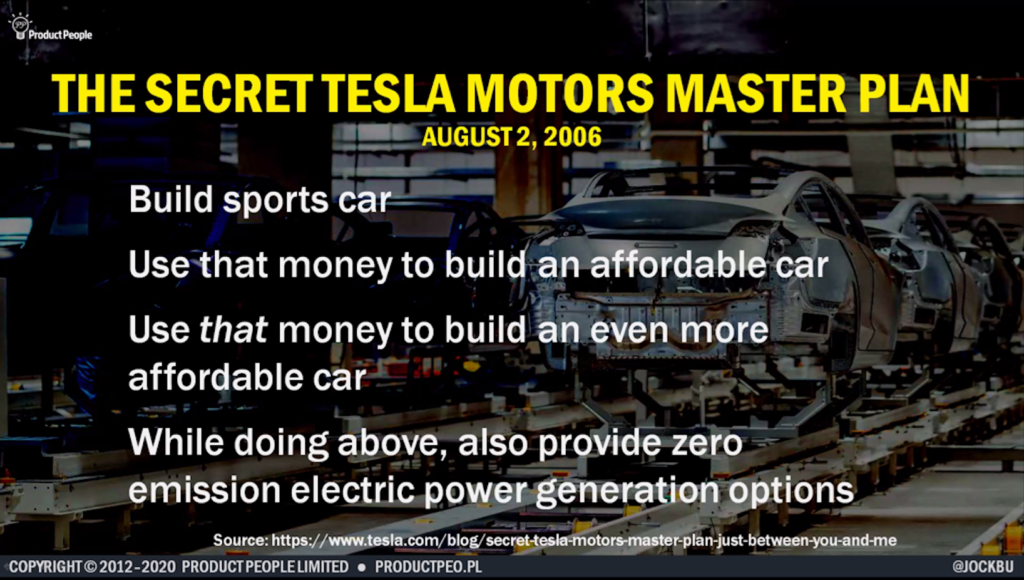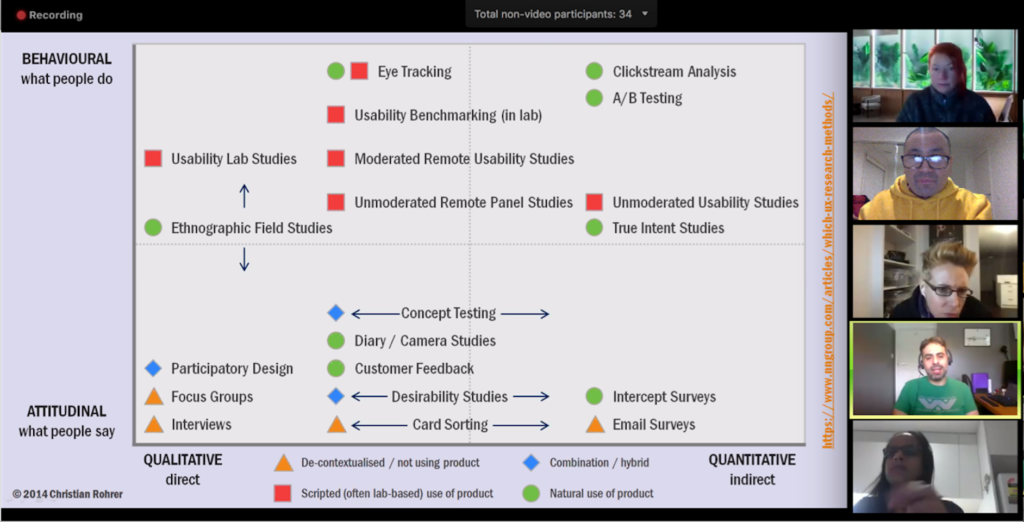With everything becoming remote and distributed, businesses are forced to adapt. Explore new opportunities, or find a silver lining. The alternative to wither and become a mere memory. And we’re no different.
Taking advantage of lockdown, we had Jock Busuttil make his long awaited return to Product Anonymous in July, all the way from London, to share some of his experiences of an all too familiar place – product management hell.
The Symptoms – What does Product Hell look like?
There are many common indicators that you may not be in the healthiest product environment, such as:
- Not allowed to talk to customers. The complete opposite of continuous discovery, and not validating your ideas with customers. From concept, to build, to launch – talking to customers is always important.
- Unable to plan, because you’re too busy dealing with emergencies. Although it is important to put out fires, it can also wear you down. It’s equally important, if not more, to know which direction you’re heading. Having enough foresight to know which areas you need to invest your time and resources in, and which areas or features should be retired.
- Screw research, let’s build. The build trap. Do we really need to say anything else on this one?
- But we have OKRs – hundreds of them! If you have too many Objectives and Key Results, which ones actually matter? And if different business units have different objectives, and lack of transparency across the rest of the organisation, how do you actually align with each other?
- Flip-Flopping between Very Important Goals. Do the goal posts keep moving back and forth from quarter to quarter? Oh no, that’s not important anymore, let’s move on to something else instead. Maybe keep your research handy for the next time it becomes a priority again. Probably next quarter.
- No buy-in for my product strategy. If you’ve done all the adequate research, and validated those assumptions, and know the balance points – who better to drive the strategy? Or should we go by the opinions of everybody else instead?
- Each board member has their own interpretation of the strategy. Whether this is to minimise the effort for their teams or maximise the benefit for their team, neither is healthy, nor going to help to align everybody’s efforts.
The Causes – Why are you in Product Hell?
So you’ve discovered you’re in Product Hell. Population: one. But how did you get here? Here are some possible and likely causes:
- No clear corporate strategy or goals. Is your company vision to be the market leader in something generic? A good corporate strategy should be rooted in customer outcome. A true north star to align all your efforts. But what does a clear corporate strategy even look like? Here’s a fantastic example from Tesla.

- Lack of alignment. To ensure alignment, you may need to prioritise the things to focus on. But prioritising is also about calling out the things that you won’t be spending energy on, right now.
- Wrong strategy (for now). You may have a strategy that has worked for you in the past. But that doesn’t necessarily mean it’s still the right strategy now. Have the market conditions shifted? Has the competitor landscaped changed? Nobody, including Zoom, were planning for Covid to happen.
- Wrong measures of success. NPS, Revenue and Market share are not tied to human outcomes. These metrics could change due to external factors, without you doing anything.
- Scared of user research. Too many companies are scared to approach their customers to see how they are doing. How do you uncover unmet and underlying needs if you never talk to your customers?
Getting out – How to escape Product Hell?
Now that you’ve identified the problem, what can you do about it?
- Start with real user research. Deepen your customer insights. Understand their needs. The problems they need solved And what they would be willing to pay for. Like all things product, it starts with the customer.
- Make your product strategy before somebody does it for you. Gather the research. What does the data suggest, and what needs further validation? Ensure you use the right research for the right situation – different techniques will have different biases built in. Be aware of the biases, so that you can balance your view with other research techniques. Use the insights to form a compelling product vision and strategy.

- Influence the corporate strategy with your product strategy. Talk to your leaders to understand each of their concerns and motivations. Create a shared and aligned vision, and get them to agree with your product strategy. It might be a long path, however, it can be done.
- Call out your Board’s lack of alignment… tactfully. This could also apply to your executive leadership team, or any other management layer or structure in your organisation. Warning: Proceed with caution!
Jock Busuttil, Founding Director at Product People
Jock is a freelance head of product, author and conference speaker, having spent nearly two decades working with technology companies to improve their product management practices. From startups to multinationals, his clients include the BBC, Brainmates, and the UK’s Ministry of Justice and Government Digital Service (GDS). In 2012, Jock founded Product People Limited – a product management services and training company. And his book, The Practitioner’s Guide To Product Management was published in 2015. You can find more of Jock on LinkedIn and Twitter, or on his blog – I Manage Products.
Watch for Jock’s upcoming Product Management masterclasses in October. Keep an eye here for details: https://productpeo.pl/linktree/
Thank you to our sponsor: A Cloud Guru
We’re on a mission to teach the WORLD to cloud. A Cloud Guru is the largest online cloud school on the planet. Our training feels more like logging into Netflix or Spotify – it’s entertaining and playful. The people are the #1 reason employees say they stay at ACG. We’re a quirky, tight-knit crew that cares about our customers and each other. No egos here. Our leaders encourage thoughtfulness, compassion, being humble, and we have a bit of fun along the way.
